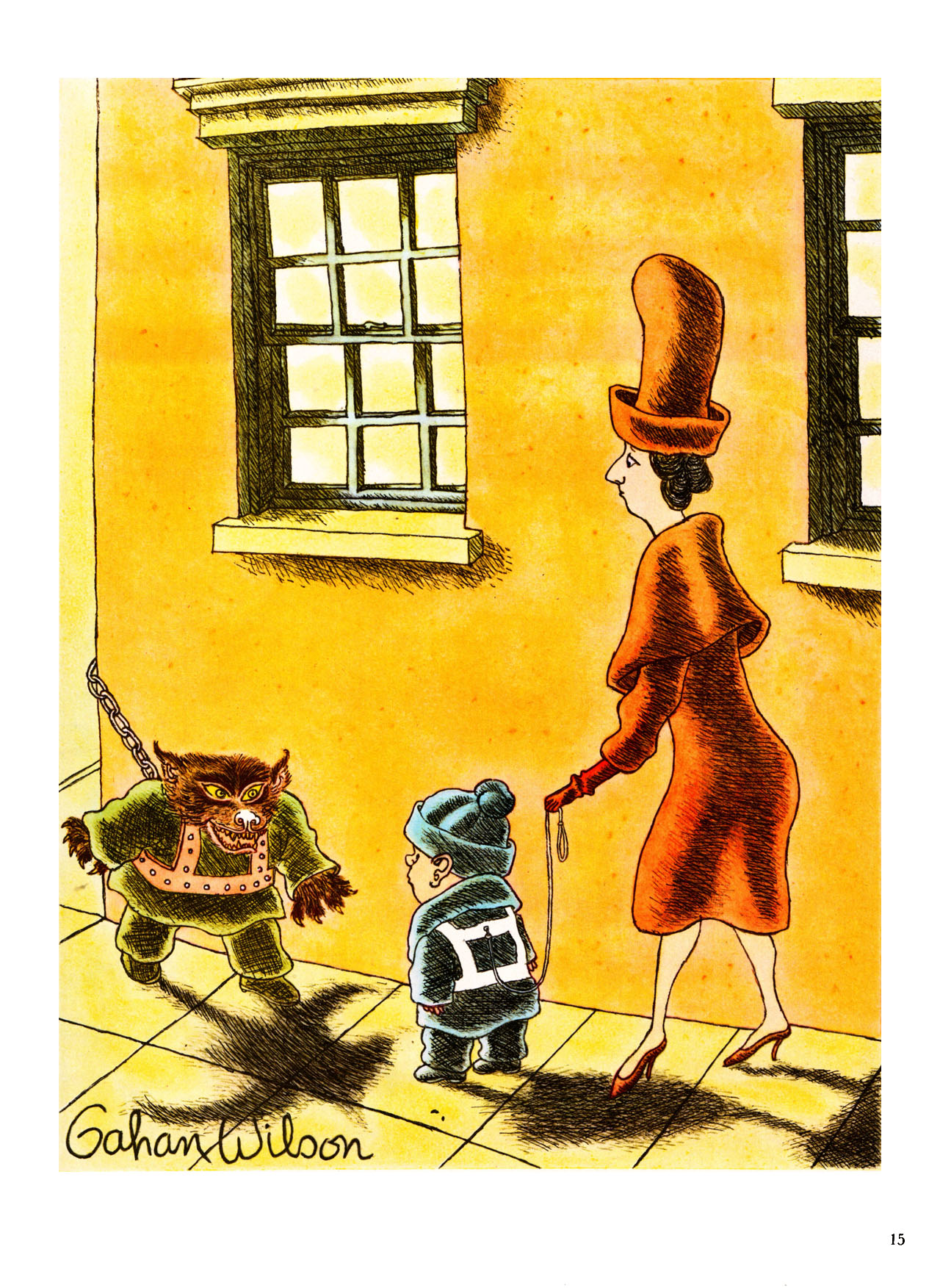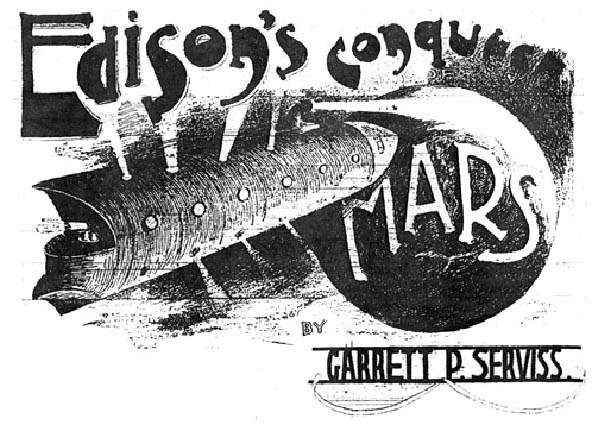The blurb doesn't actually show up in the
linked article, but it pretty much captures the gist.
According to the Wall Street Journal, Away sold $150 million worth of luggage in 2018. But if the company is to keep growing, it needs to sell more than just suitcases and weekenders, which are relatively infrequent purchases. Founders Jen Rubio and Steph Korey say their plan is to enter new categories of products that are related to travel, and they’re teasing us with hints of what they might be.
Obviously, the magnitude of the Uber bubble dwarfs any valuation that Away has or is likely to reach, but as absurd as Uber’s story was, at least it was a tale about big, new things. Smart phone based ride sharing was a genuinely disruptive industry and while it was unlikely that any one company would achieve the dominance (or the profit margins) that Uber promised, the industry’s potential was substantial enough to get caught up in. It took a while for the realization that the original model could never support the money that had been poured into it.
With Away, everyone seemed to realize almost immediately that the company on its current path could not be worth 1.4 billion dollars, and yet no one seems particularly bothered by the fact. Instead we get a nonchalant “don’t worry, they’ll think of something.” Given the amounts of money we’re talking about here, that’s an absolutely insane reaction, but in the age of the unicorn, it’s not at all an uncommon one.
On a related note,
Away is a horrible business run by creepy people. For more on that,
I send you to the good folk at LGM.
Another post based on Reeves Wiedeman's Uber article in New York
magazine. This one sets up a concept I've been meaning to discuss with
the tentative name of a Ponzi threshold. The basic idea is that
sometimes overhyped companies that start out with viable business plans
see their valuation become so inflated that, in order to meet and
sustain investor expectations, they have to come up with new and
increasingly fantastic longshot schemes, anything that sounds like it
might possibly pay off with lottery ticket odds.
Like I said, this is been bouncing around for quite a while. I may have
even slipped in a previous reference that I've forgotten about. There
are plenty of potential examples, but the following is the first time
I've seen the phenomenon
spelled out in such naked terms [emphasis added]:
Meanwhile, in an effort to show potential investors in an IPO that it
has multiple revenue streams, Uber has expanded into a variety of
industries tangentially related to its core business. In 2015, the
company launched Uber Everything, an initiative to figure out how it
could move things in addition to people, and when I visited Uber
headquarters, the guest Wi-Fi password was a reference to Uber Freight,
the company’s attempt to get into trucking. (A former employee said the
password often seemed to be a subliminal message encouraging employees
to focus on the company’s newest initiatives.) But moving things had its
own complications. One former Uber Everything manager said the company
had looked at transporting flowers or prescription drugs or laundry but
found that the demographic of people who, for example, couldn’t afford a
washer and dryer but would pay to have their laundry delivered was a
small one. Uber Rush, a delivery service in New York, had become “a nice
little business,” the manager said, “but at Uber, you’re looking for a
billion-dollar business, not a nice little business.”
It turned out that food delivery was the only area that made much sense,
though even that was difficult. In the past year, food-delivery
companies SpoonRocket, TinyOwl, Take Eat Easy, and Maple have all ceased
operations. Postmates said in 2015 that it could be profitable in 2016,
at which point it pushed the date to 2017. Its target is now 2018. “It
absolutely does not work as a one-to-one business — picking up a burrito
from Chipotle and delivering it,” a former Uber Eats manager said. “It
has to be ‘I’m picking up ten orders from Chipotle, and I’m picking up
this person next to Chipotle, and I’m gonna drop the burritos off along
the way.’ ” Uber Eats has grown significantly, but getting the business
up and running had required considerable subsidies, and the manager said
it was rumored that a significant portion of the company’s domestic
losses were coming from Uber Everything.
Uber’s expansion into an ever-widening gyre of business interests
makes sense for a company looking to justify a huge valuation, but it
has drawn criticism from some who wonder why the company is moving into
so many different markets without becoming profitable in its first one.
“It’s a Ponzi scheme of ambition,” Anand Sanwal, a venture-capital
analyst, told me. “ ‘We’re gonna raise money on the promise of
dominating an industry to come in order to pay for this thing that
doesn’t make us money right now.’ ” He had recently conducted an
unscientific poll of subscribers to his newsletter asking how many would
invest in Uber today, even at a discounted valuation, and 77 percent
said they wouldn’t. But the new initiatives have the benefit of keeping
everyone excited about the future: In April, Uber held a conference in
Dallas to explain why it planned to one day get into flying cars.
That phrase "looking to justify a huge valuation" is one that you need
to contemplate for a few moments, let the logical implications wash over
you. As I suggested before, like most New York magazine tech writers,
Wiedeman does a good job capturing the telling detail, but is reluctant
to draw that final Dr.-Tarr-and-Prof.-Feather conclusion, particularly
when it threatens a cherished narrative.
There are at least two layers of crazy here. First, hype and
next-big-thingism push Uber's value far beyond any defensible level,
then, as reality sets in and investors realize that the original
business model, though sound, can never possibly justify the money
that's been put into the company, Uber's management responds with a
series of more and more improbable proposals in order to keep the buzz
going.
The phenomenon is not unique to this company but I can't think of
another case this big or this blatant. (And they actually used the term
"Ponzi scheme.")










